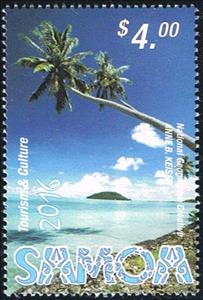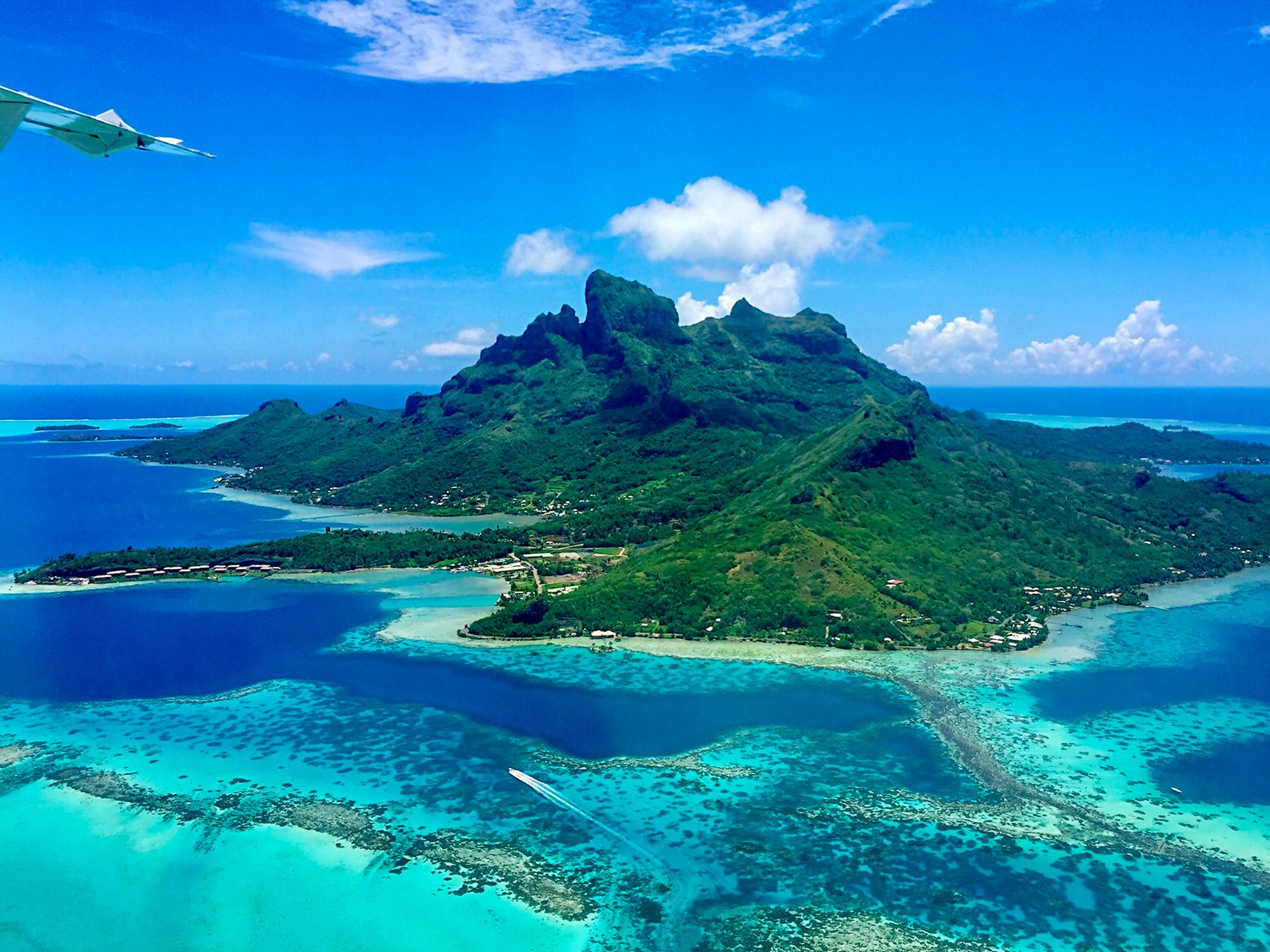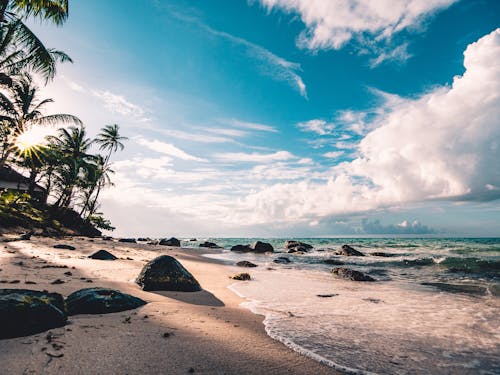Stamp: Shore with palm-trees (Samoa 2016)
Shore with palm-trees (Samoa 2016)
14 December (Samoa ) within release Tourism & Culture goes into circulation Stamp Shore with palm-trees face value 4 Samoan tālā
| Stamp Shore with palm-trees in catalogues | |
|---|---|
| Michel: | Mi: WS 1340 |
Stamp is square format.
Also in the issue Tourism & Culture:
- Stamp - Palm-trees face value 3;
- Stamp - Shore with palm-trees face value 4;
- Stamp - Flying fox face value 90;
- Stamp - Waterfall face value 50;
- Stamp - View of Apia face value 20;
- Stamp - Dancers face value 40;
- Stamp - Female team face value 1;
- Stamp - Palm-trees face value 2.70;
- Stamp - Pirogue face value 30;
- Stamp - Taro (Colocasia esculenta) face value 3;
- Stamp - Boats on sea face value 2.10;
- Stamp - Landscape with palm-trees face value 20;
- Stamp - Herd of cattle and shepherd face value 5;
- Stamp - Bouquet of feathers on a beach face value 2.50;
- Stamp - Bromeliad face value 10;
- Stamp - Fire dancer face value 2;
Stamp Shore with palm-trees it reflects the thematic directions:
An island or isle is a piece of land, distinct from a continent, completely surrounded by water. There are continental islands, which were formed by being split from a continent by plate tectonics, and oceanic islands, which have never been part of a continent. Oceanic islands can be formed from volcanic activity, grow into atolls from coral reefs, and form from sediment along shorelines, creating barrier islands. River islands can also form from sediment and debris in rivers. Artificial islands are those made by humans, including small rocky outcroppings built out of lagoons and large-scale land reclamation projects used for development.
A landscape is the visible features of an area of land, its landforms and how they integrate with natural or man-made features. A landscape includes the physical elements of geophysically defined landforms such as (ice-capped) mountains, hills, water bodies such as rivers, lakes, ponds and the sea, living elements of land cover including indigenous vegetation, human elements including different forms of land use, buildings and structures, and transitory elements such as lighting and weather conditions. Combining both their physical origins and the cultural overlay of human presence, often created over millennia, landscapes reflect a living synthesis of people and place that is vital to local and national identity. The character of a landscape helps define the self-image of the people who inhabit it and a sense of place that differentiates one region from other regions. It is the dynamic backdrop to people’s lives. Landscape can be as varied as farmland, a landscape park, or wilderness. The earth has a vast range of landscapes, including the icy landscapes of polar regions, mountainous landscapes, vast arid desert landscapes, islands and coastal landscapes, densely forested or wooded landscapes including past boreal forests and tropical rainforests, and agricultural landscapes of temperate and tropical regions.
The Arecaceae is a family of perennial, flowering plants in the monocot order Arecales. Their growth form can be climbers, shrubs, tree-like and stemless plants, all commonly known as palms. Those having a tree-like form are called palm trees. Currently, 181 genera with around 2,600 species are known,
most of which are restricted to tropical and subtropical climates. Most palms are distinguished by their large, compound, evergreen leaves, known as fronds, arranged at the top of an unbranched stem, except for the Hyphaene genus, who has branched palms. However, palms exhibit an enormous diversity in physical characteristics and inhabit nearly every type of habitat within their range, from rainforests to deserts.
A sea is a large body of salty water. There are particular seas and the sea. The sea commonly refers to the World Ocean, the wider body of seawater. Particular seas are either marginal seas, second-order sections of the oceanic sea (e.g. the Mediterranean Sea), or certain large, nearly landlocked bodies of water.




